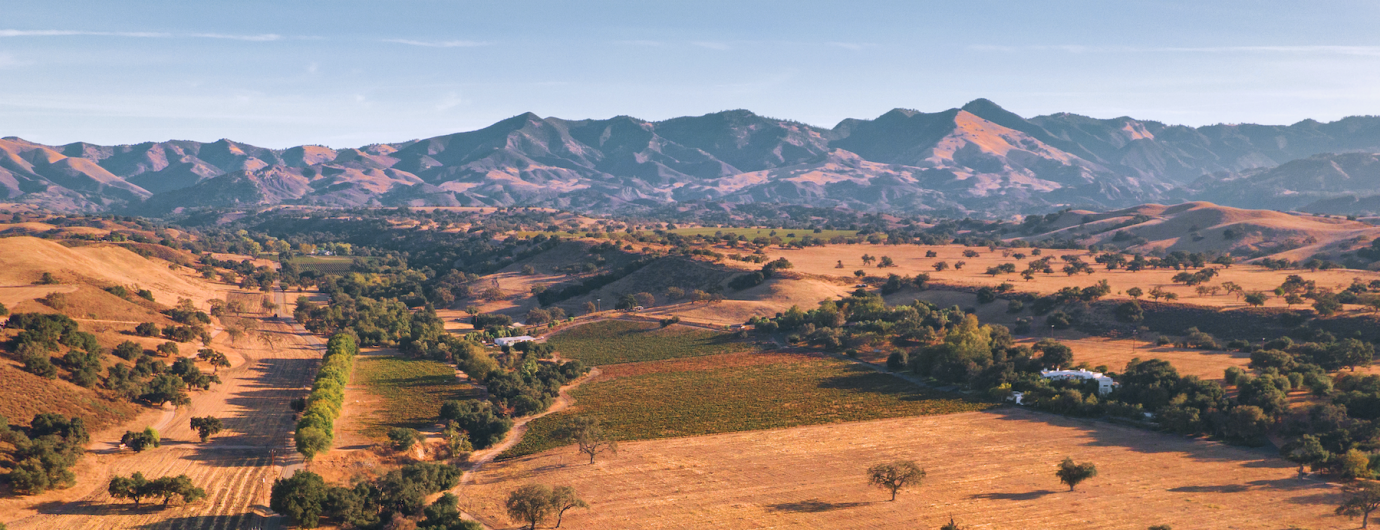
Large Landscape Scale Fire Risk Reduction Planning and Coordination in North County
There are a number of efforts occurring across large landscapes in North Santa Barbara County that could be synergized and woven together for increased impact and holistic wildfire risk reduction and habitat improvement, resulting in increased impact.
Activities will include capacity building, partnership development, and coordination to advance and integrate strategies for fire resilience and align and advance priorities with those of the adjacent communities.
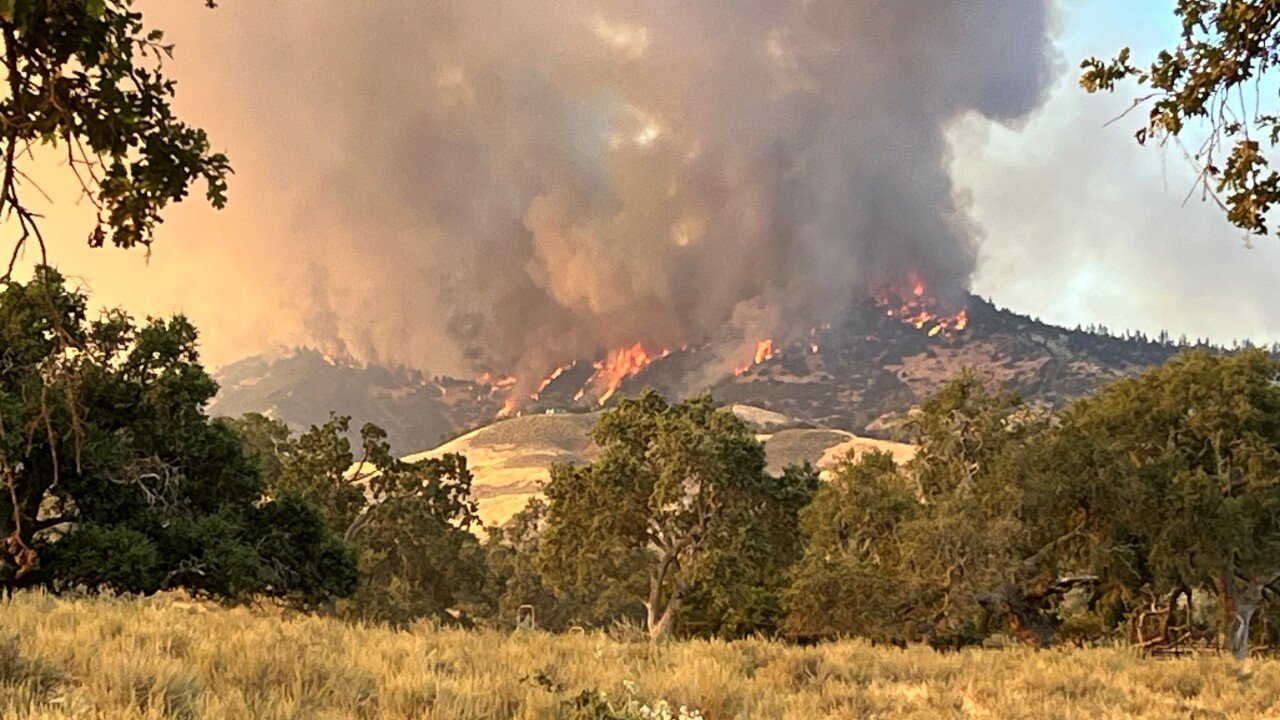
Regional Wildfire Mitigation Program (RWMP)
This project is leveraged by previous funding provided by the, National Fish and Wildlife Foundation, and next steps for the Santa Barbara County application of the RWMP (Regional Wildfire Mitigation Program) includes to to more thoroughly flush out this unique regional wildfire mitigation program so it is more easily adaptable and sustainable in both Santa Barbara County, as well as other counties in California and beyond. The intent of the RWMP is for a single organization to head the program at a county-wide scale. Moore Foundation WRI funds would allow the Santa Barbara County Fire Safe Council (SBCFSC) to lead all 3 domains, expand the framework to the entire County, explore the adaptive management feedback loop of the RWMP framework, and continue to improve on the process to better inform future RWMPs.

Creating a Collaborative Resourcing Team: Maintaining Opportunity Matrix and Getting Projects Shovel Ready
This project opportunity matrix and the RPP site are valuable community assets, but the information herein represents a snapshot of needs at this point in time and is not exhaustive. Building wildfire resilience in Santa Barbara County needs to be an ongoing proactive process. As identified projects are implemented, new needs and opportunities will emerge on an ongoing basis and need to be added to the Opportunity Matrix. The RPP team recommends a focused effort to create a Collaborative Resourcing Team that includes representatives from multiple agencies, nonprofits and funders to further develop these key pieces of our resilience system and then to maintain and put them to use.
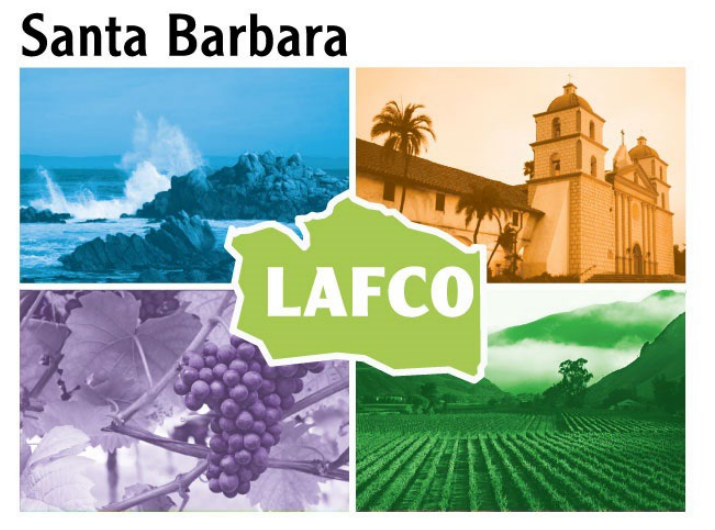
LAFCO Regional Planning
LAFCO is seeking to develop a regional strategy for growth in the County through a planning effort with partners and cities.
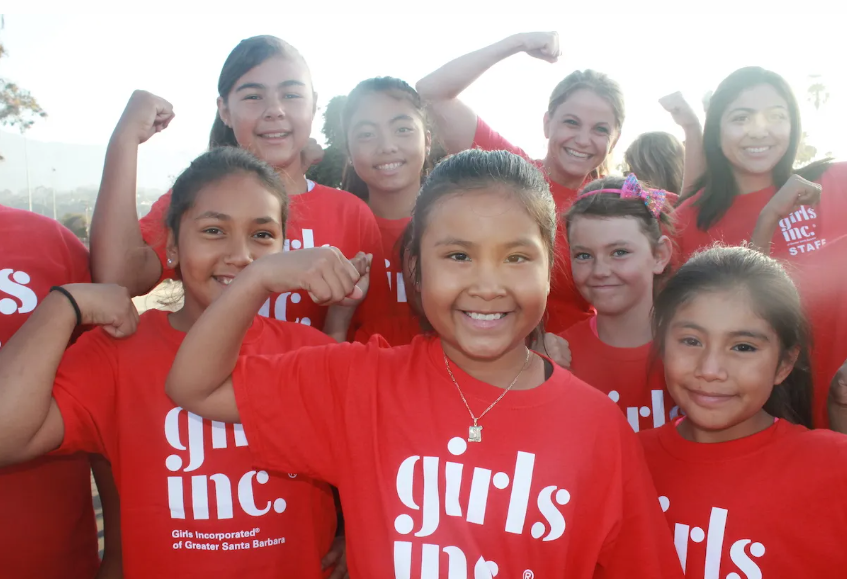
Carpinteria Community Resilience Hub
Girls Inc. of Carpinteria provides year-round programming for girls and their families at its facility which includes classrooms, a STEM lab, library, conference room, gymnasium, kitchen, offices and outdoor spaces. Girls Inc. recently opened a 24/7 community food pantry, a clothing closet for women and girls and now offers mental health services.
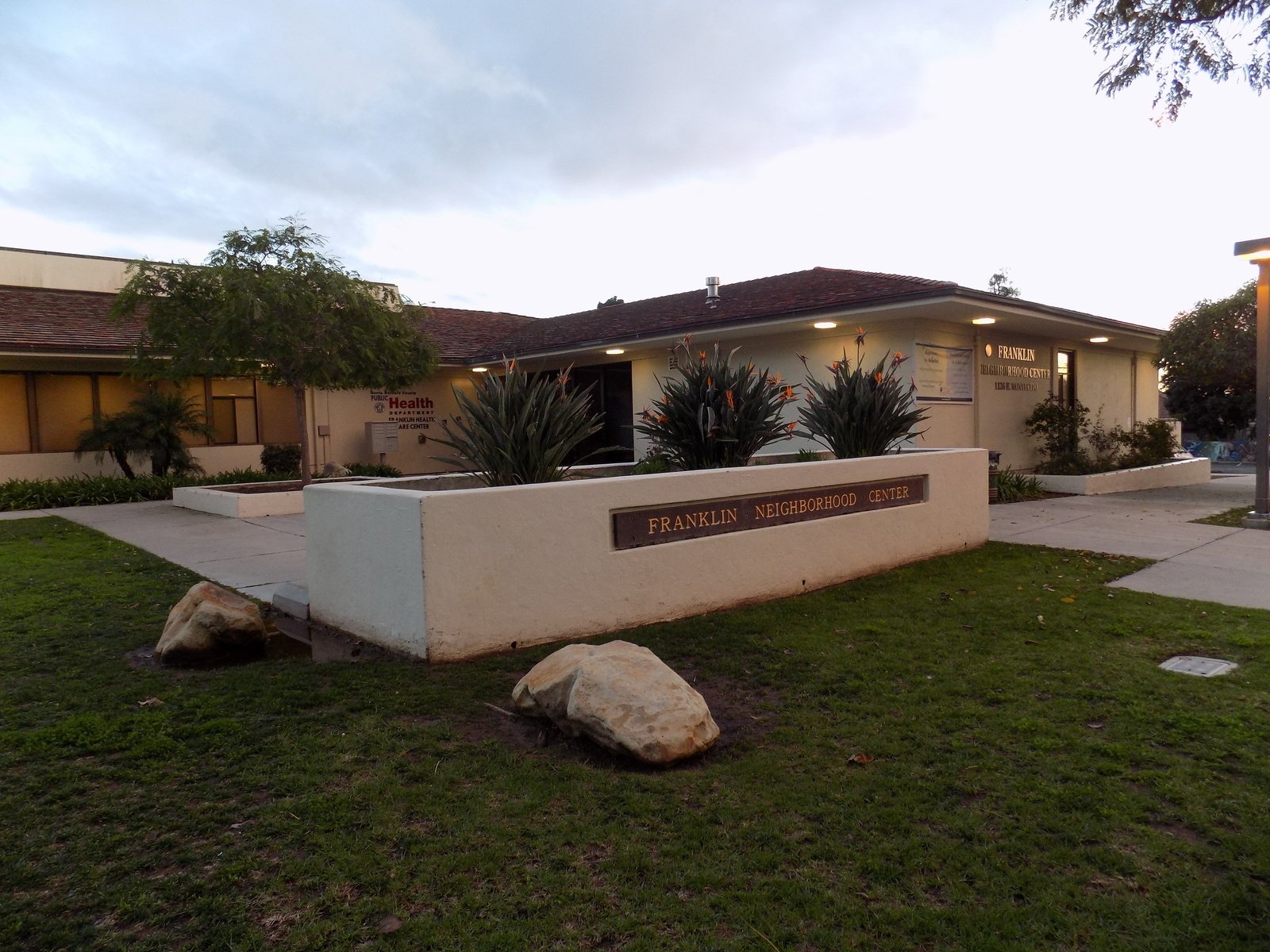
Eastside Santa Barbara Community Resilience Hub
Resilience Hubs are a central component of ensuring that our community has the critical resources, security, and information it needs during disasters to weather and recover from even the greatest adversity.
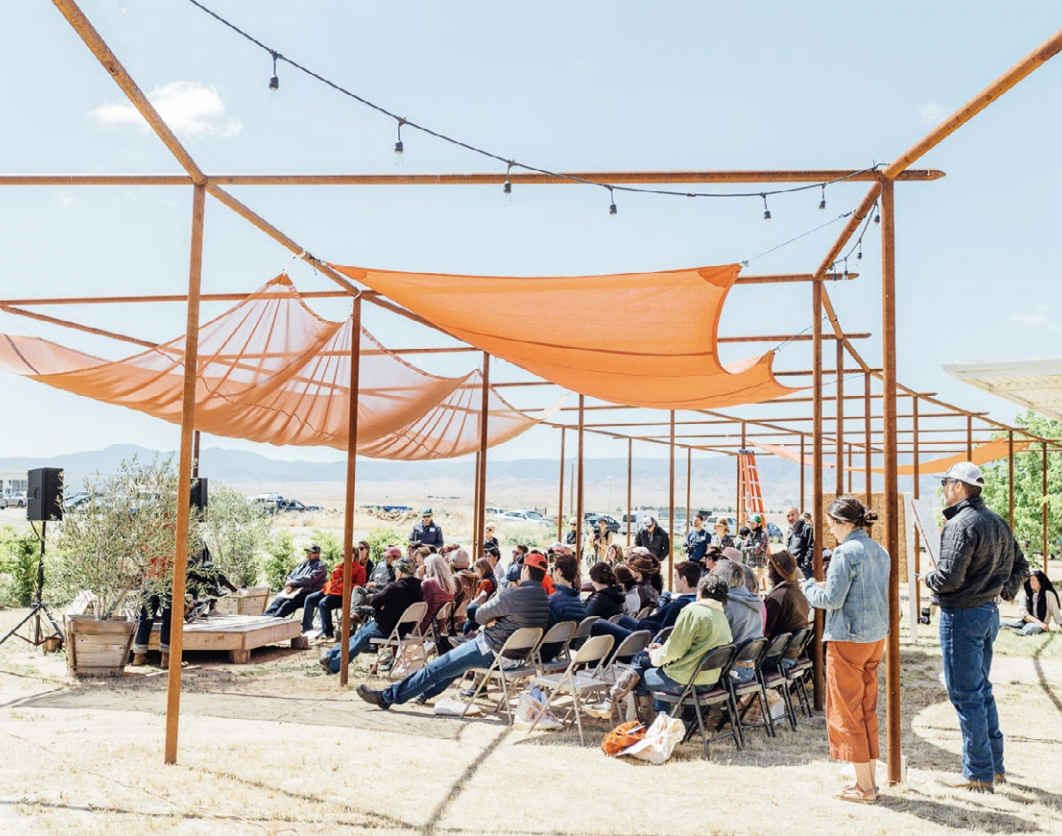
Cuyama Valley Community Resilience Hub
Blue Sky provides cultural activities and economic development opportunities to the community in addition to mobilizing resources during COVID and other emergencies.
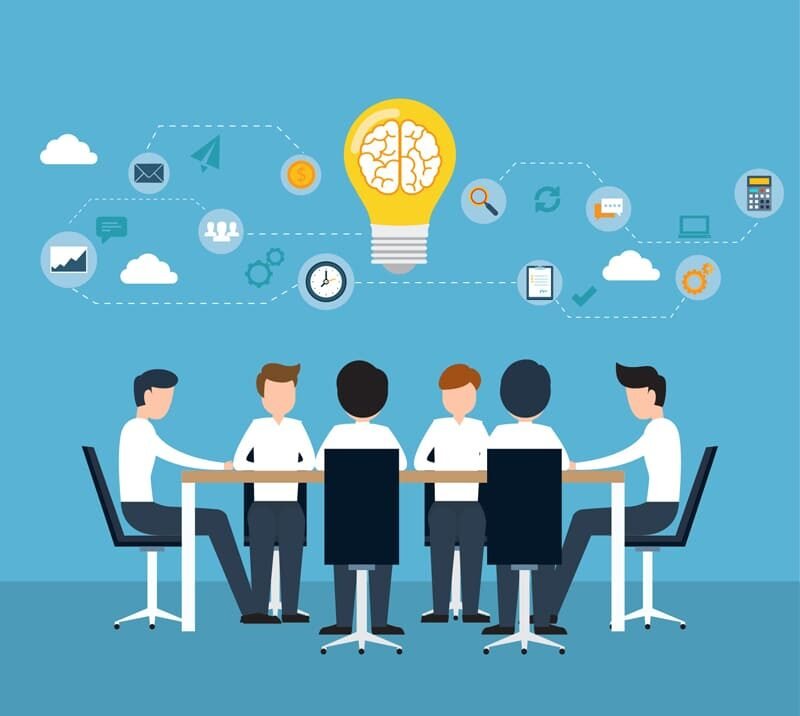
Wildfire Resilience Summit
Create a regularly occurring opportunity for cross sector sharing learnings and collaborating on potential policy, actions and projects.

HOA Grazing Resilience Planning and Implementation
Develop and pilot a replicable process and framework for developing wildfire resilience plans for housing developments in high fire risk areas.
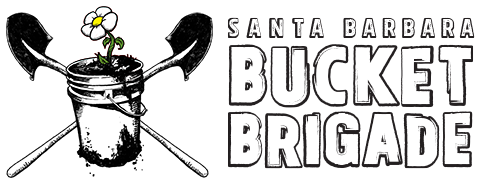
Bucket Brigade Academy
Create and implement an education program to build youth resilience to climate change induced crises. This project builds local capacity to quickly respond to wildfire and other disasters in a coordinated and responsive way.
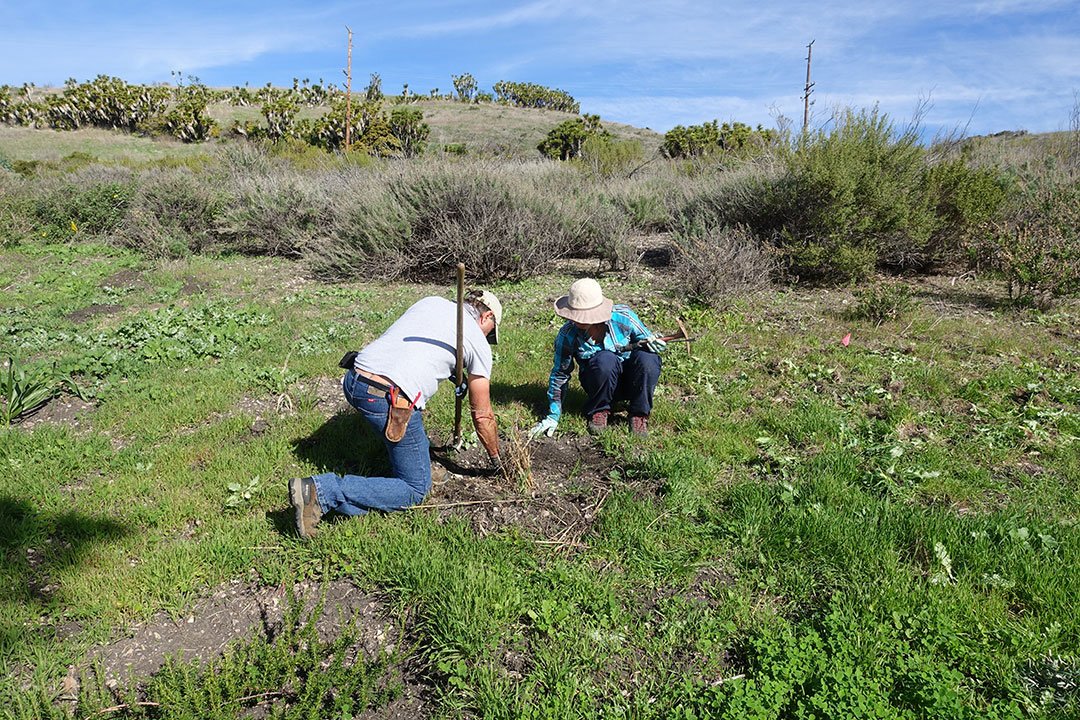
Ecological Restoration Volunteers
Often the biggest challenge to habitat restoration and fuel mitigation is labor capacity. The Ecological Restoration Volunteers project would train volunteers and implement restoration projects such as invasive species mitigation and restoring and monitoring habitat.
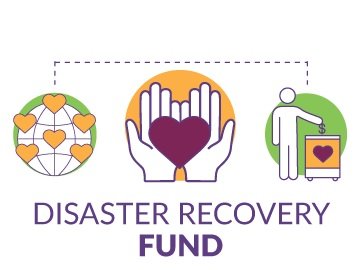
Post Disaster Recovery Fund
Establish a fund for ecological and neighborhood community recovery and restoration.
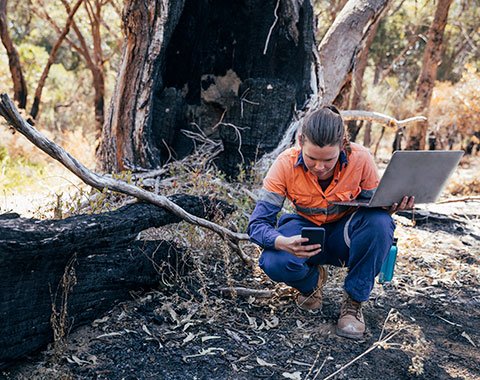
Post Disaster Research Fund
Create a fund to study ecological/ecosystem recovery processes. Studies would include, at a minimum, a baseline biological assessment after every disaster, to identify sensitive natural communities, threats (i.e. invasive species vectors/vulnerabilities) and priorities for mitigation/restoration.
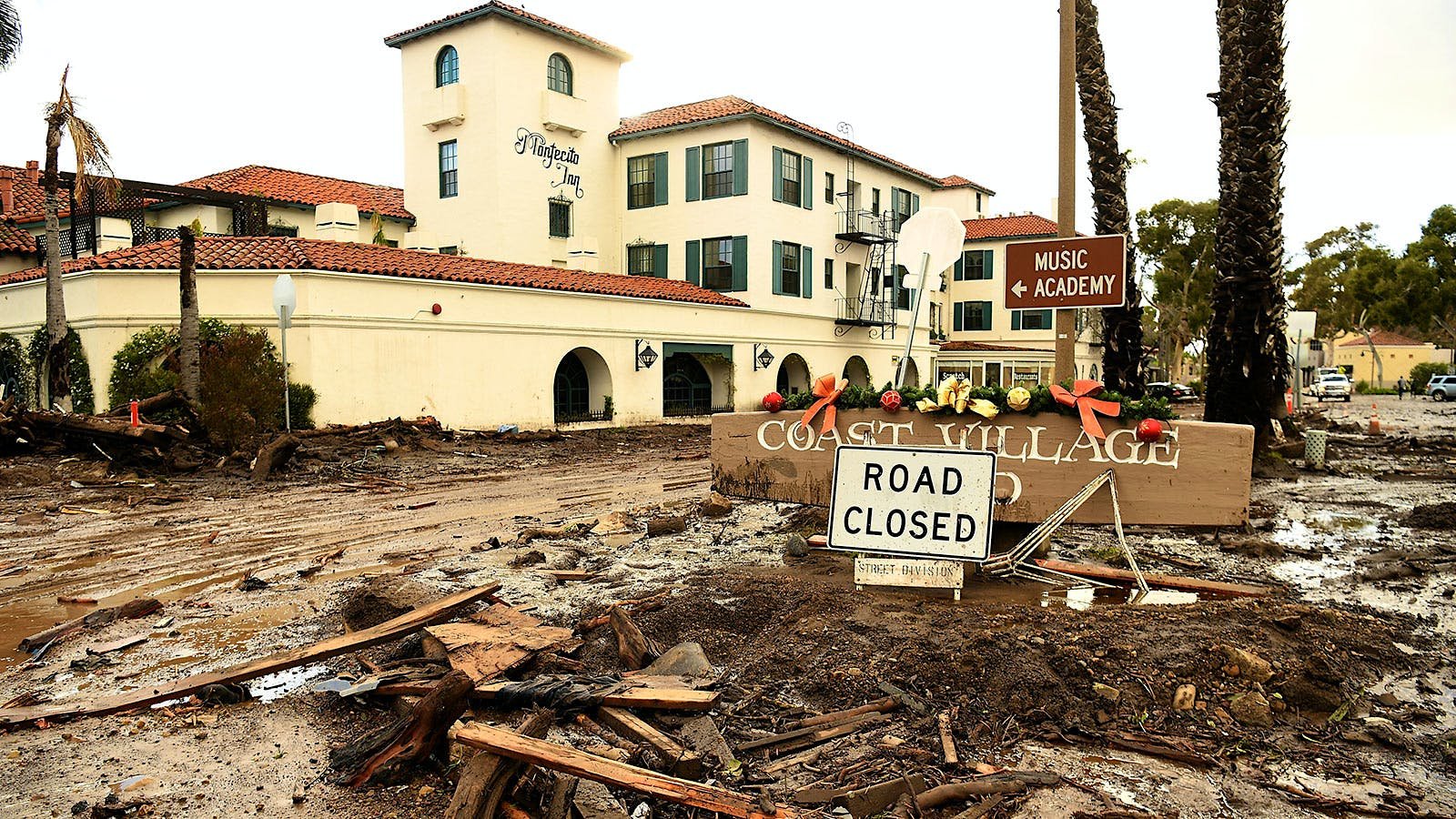
Community Disaster Recovery Plan
Implement a planning process to identify public infrastructure that may be damaged and need replacement post-fire/disaster. The purpose of the planning process would be to anticipate infrastructure loss and plan to rebuild in a way that increases both community and infrastructure resilience to future disasters. Build back better.
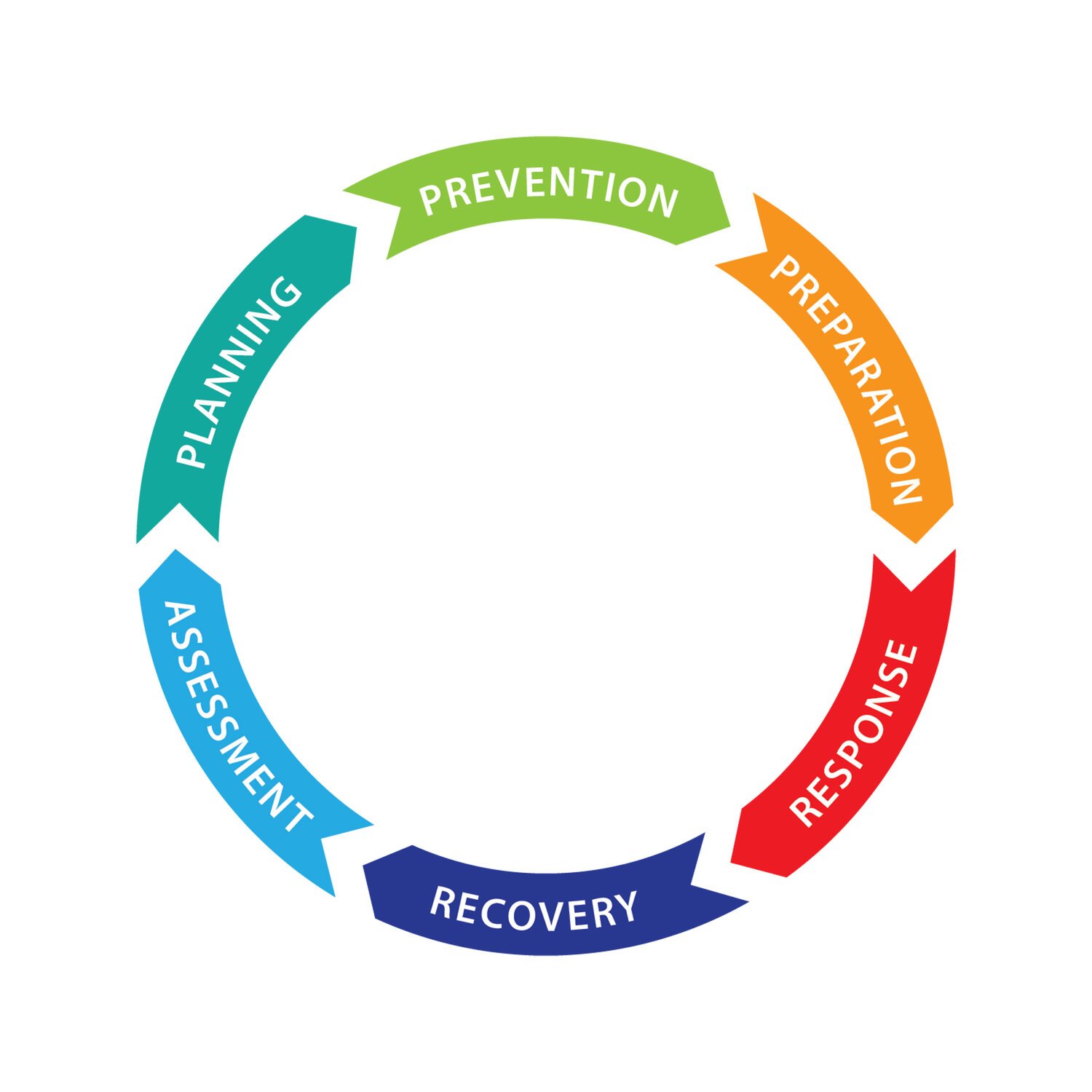
Resilience Cycle Capacity Building
Build County wide capacity to cover all components of the resilience cycle: a) prevention, b) community preparedness, c) community organizing, d) short term relief, e) long term relief f) recovery and g) rebuilding and planning, in a way that reduces vulnerability. Identify and implement the best practices for resilience cycle action, understanding that we need to always be preparing for the next disaster.
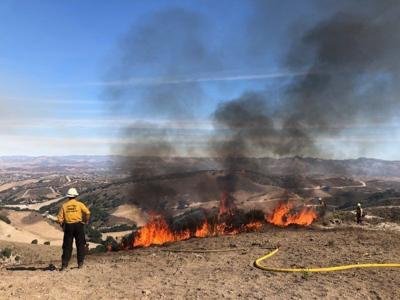
Burn Planning Capacity
Burn Plan for intentional fires is a bottle neck in Santa Barbara County. There is a need for professionals who can write burn plans overall and a need for burn plan preparers who have an indigenous perspective…
